Alexander Tinei is a Moldovan painter residing and working in Budapest, Hungary. Born in 1967 in Caushani, Moldova, Tinei is primarily known for painting portraits and figures in characteristic muted skin with colorful—most often blue—vein-like stigmatic signs on their bodies. Found photographic material functions as a starting point from which the image departs. The figures are depicted in a new context, examining the relationship between time and (the existence of) the human body. As a result, his works seem to have a significant metaphysical character, drenched in a melancholic atmosphere. The anonymity of the ‘found’ figures raise questions of identity and authenticity and feel they are universal, a depiction of collective humanity, directly impacting the viewer.
The Moldovan artist can be situated in the broader movement of Eastern European Painting as a part of New Figurative Painting, marked by a figurative visual language in a darker atmosphere. In Tinei’s earlier work, from 2008 up to roughly 2013, his paintings were characterized by a dark, most often black, background. The skin of his figures, reminiscent of German mannerists such as Lucas Cranach (1472-1553), creates a strong contrast in his paintings as if the light is coming from his tormented figures. Motives such as birds, trees, absent faces, and the characteristic blue veins are a continuum throughout his oeuvre.
Around 2013-2014, there was a visible transition in the aesthetics of his works. Color finds its way into his images, as well as fractured paint on the surface of the canvas. In his earlier work, the trees from his dark world seem to have transformed into branches, roots, or sometimes even plants or flowers. The characteristic manner of image building remains, as do specific compositions, such as ‘the kiss,’ ‘Boy with a Stick,’ and so on (cf. infra; selected works). However, his imagery becomes more complex and layered as a collage in paint. Besides this development in his oeuvre, Tinei also creates collages, graphite works, and installations, and recently, he has been repainting photographs.
Born and raised in Soviet Moldova, Alexander Tinei studied at the Chisinau Repin State College of Fine Arts in Moldova from 1988-1991.[4] During the 00s, the Moldovan painter established himself in the art world with his first international shows in 2003 in Budapest, Amsterdam, and Belgrade. In 2004 Tinei participated in Documenta in Regensburg, Germany; in 2006, he was part of the 2nd International Biennial of Contemporary Art in Shumen, Bulgaria. In 2011 he was also part of the Prague Biennal 5, Czech Republic.
For further reading, discover our interview with Alexander Tinei next.

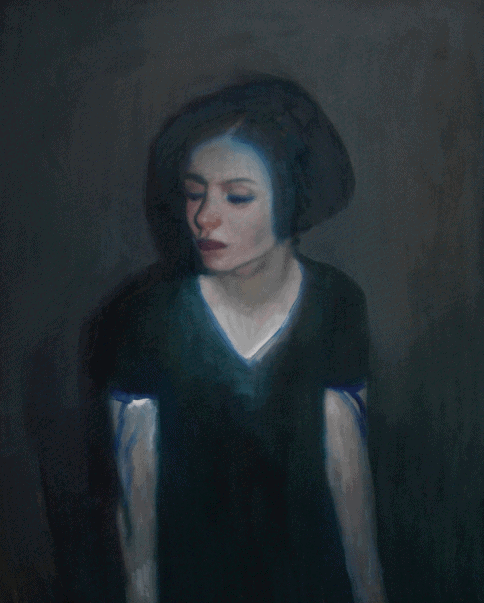
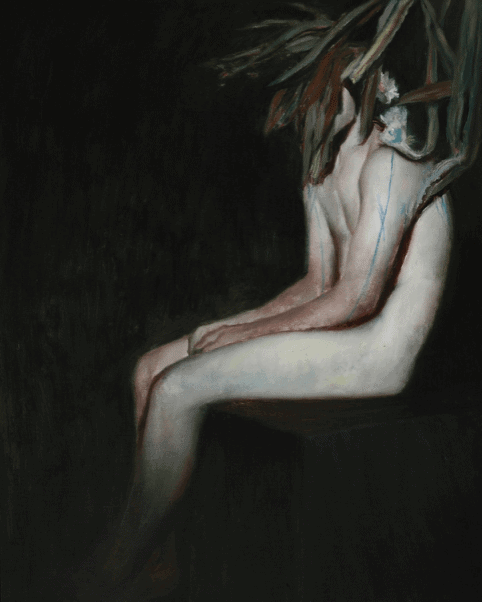
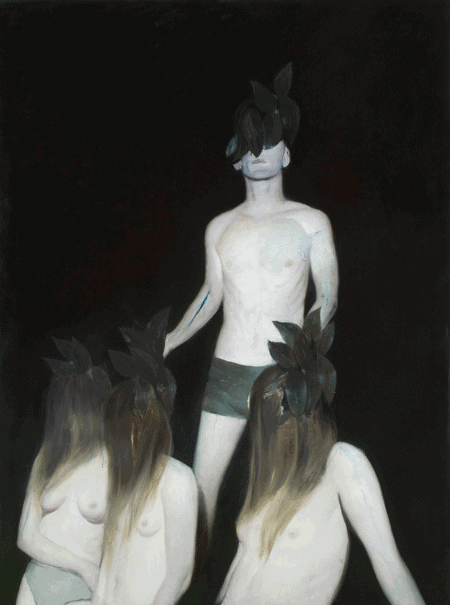
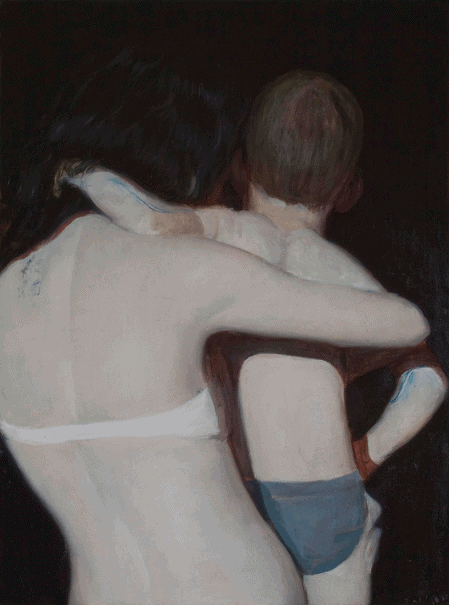
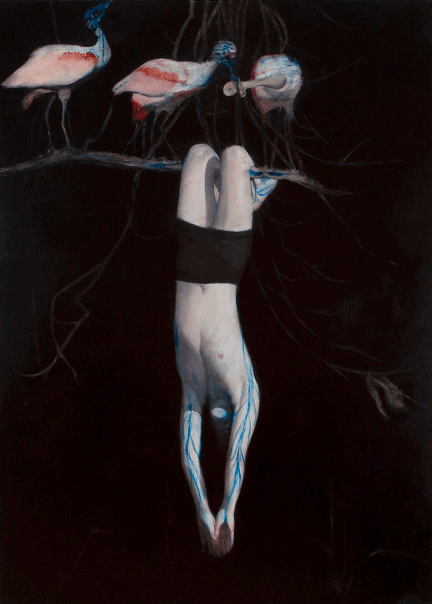
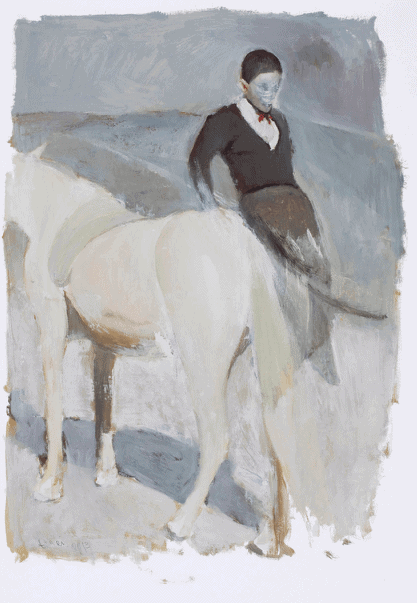
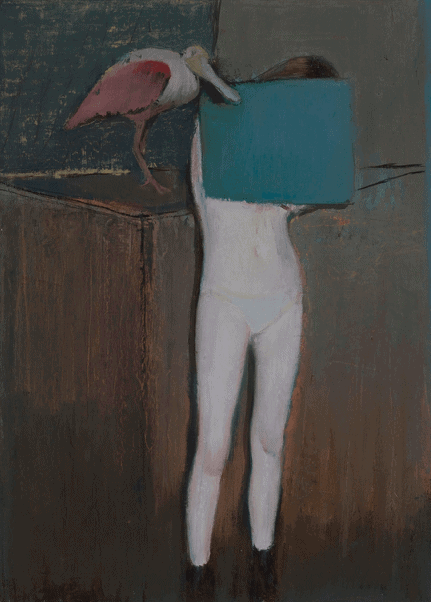
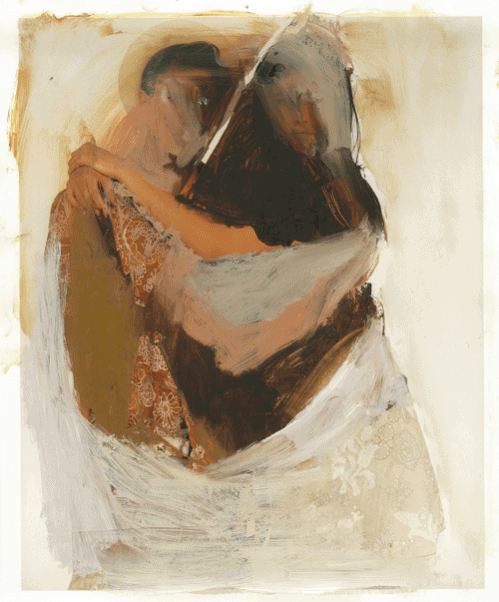
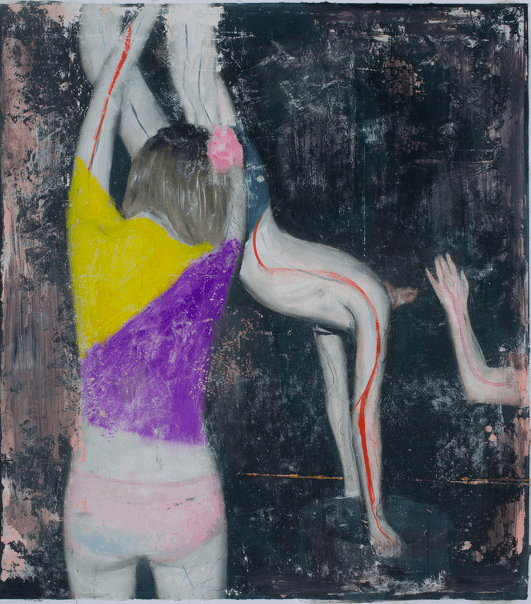
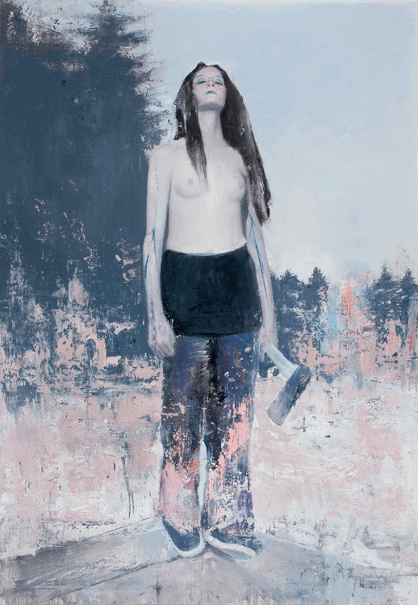
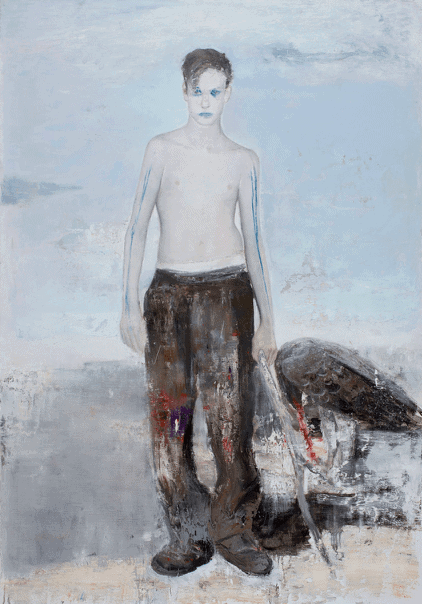
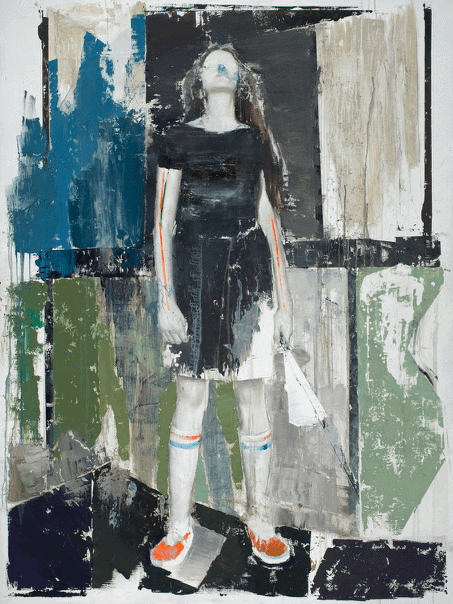
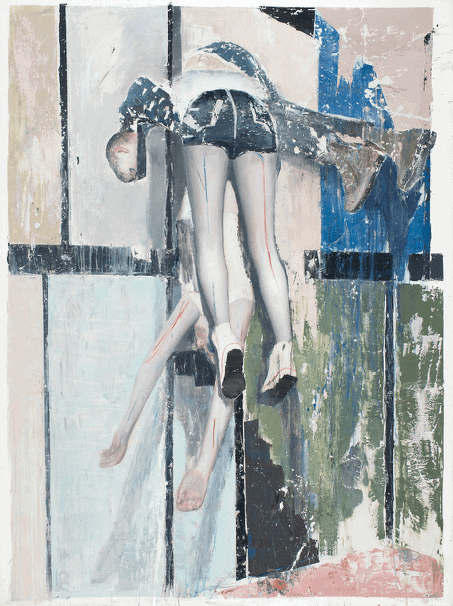
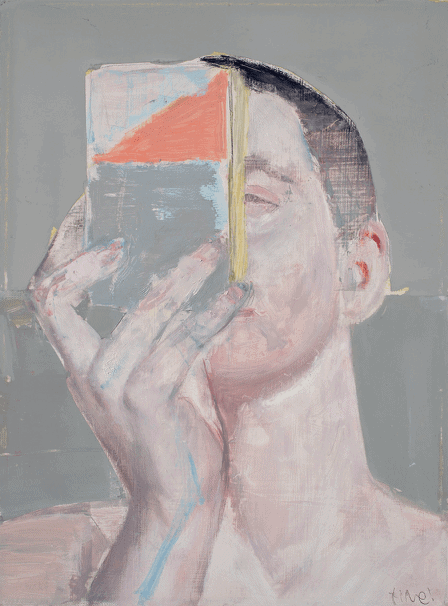
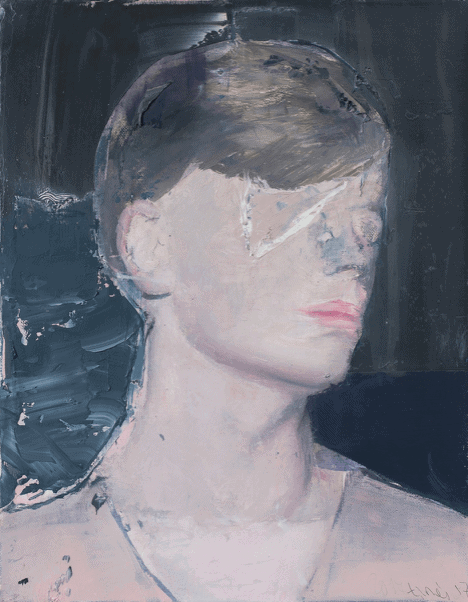
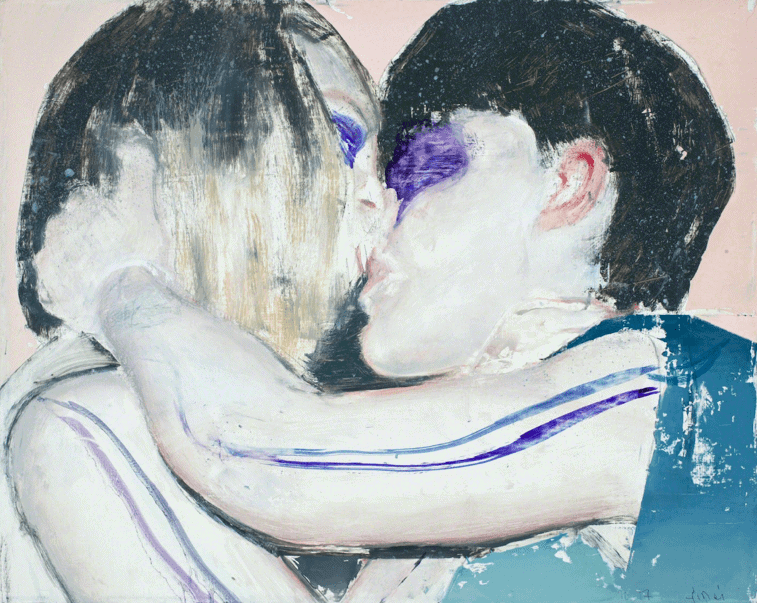
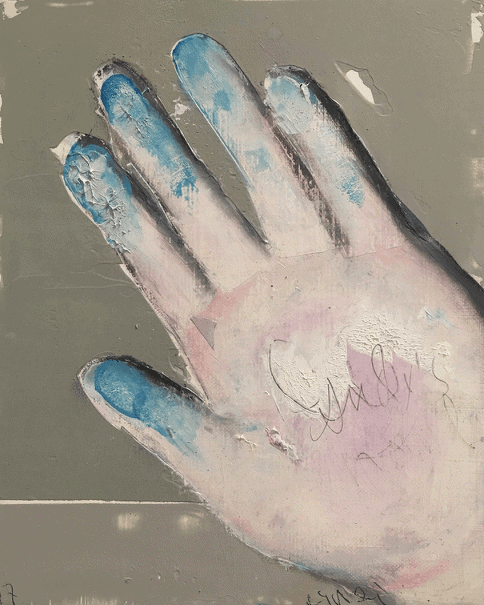
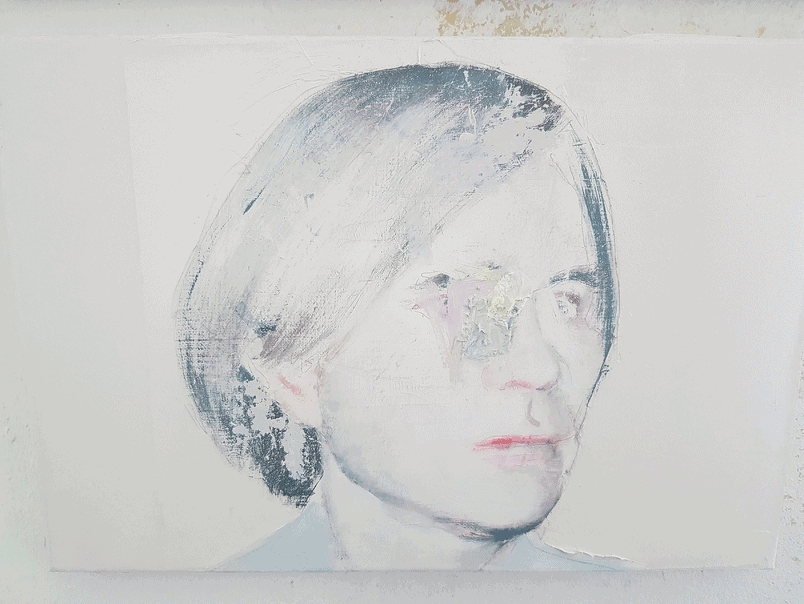
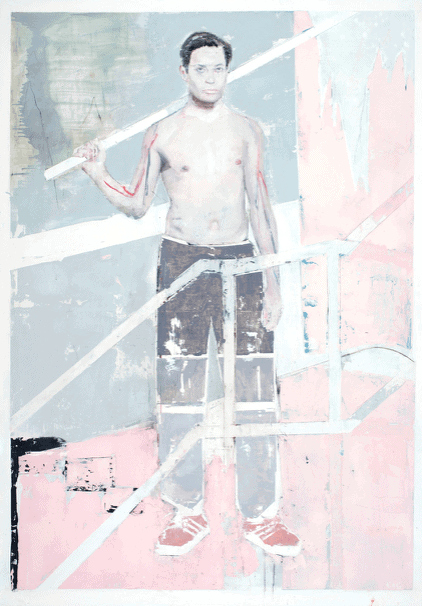
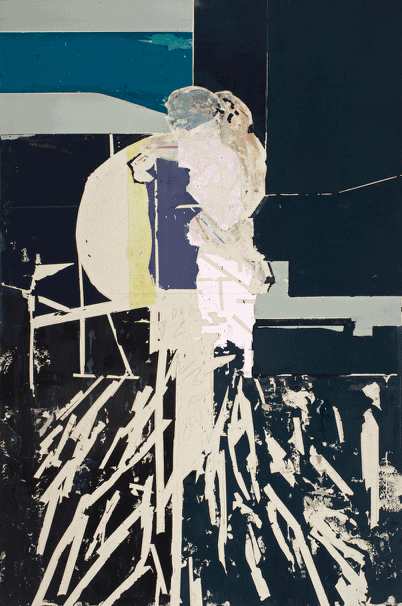
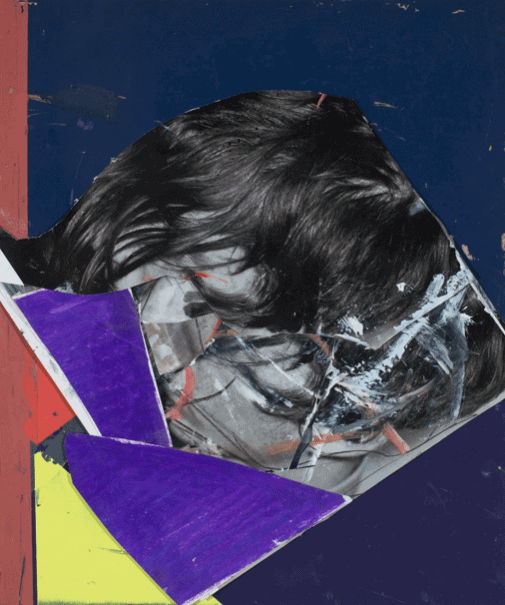
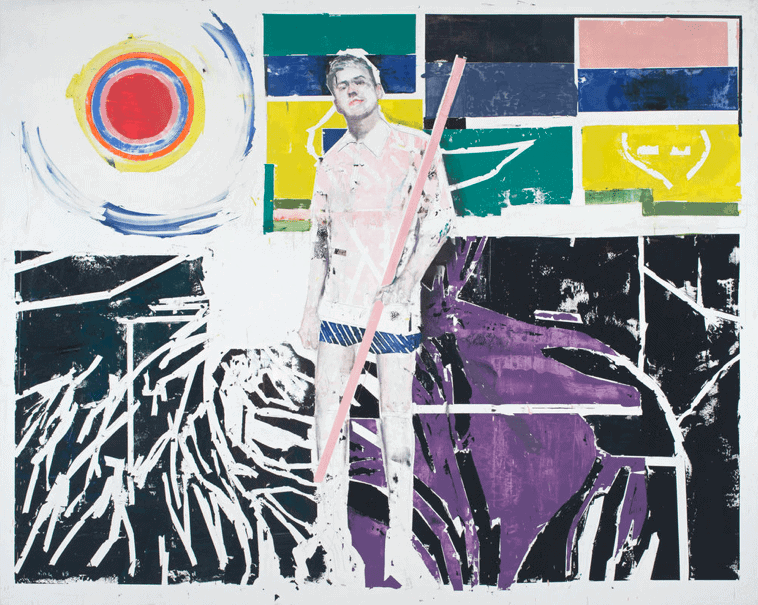
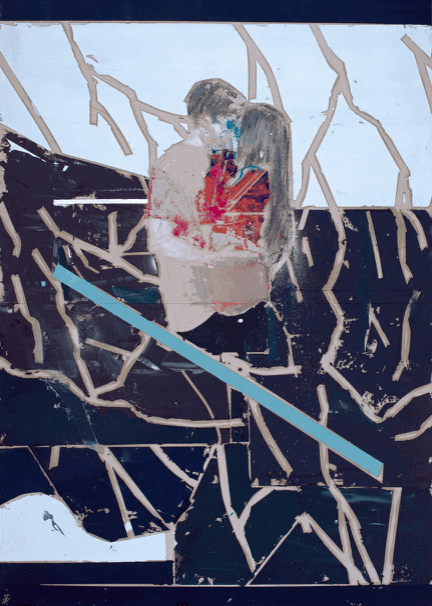
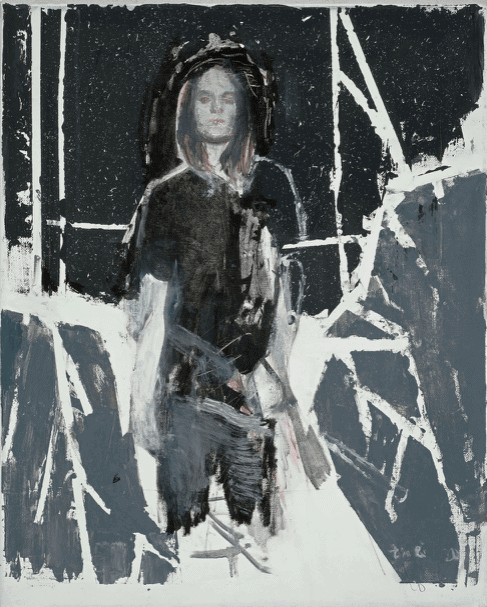
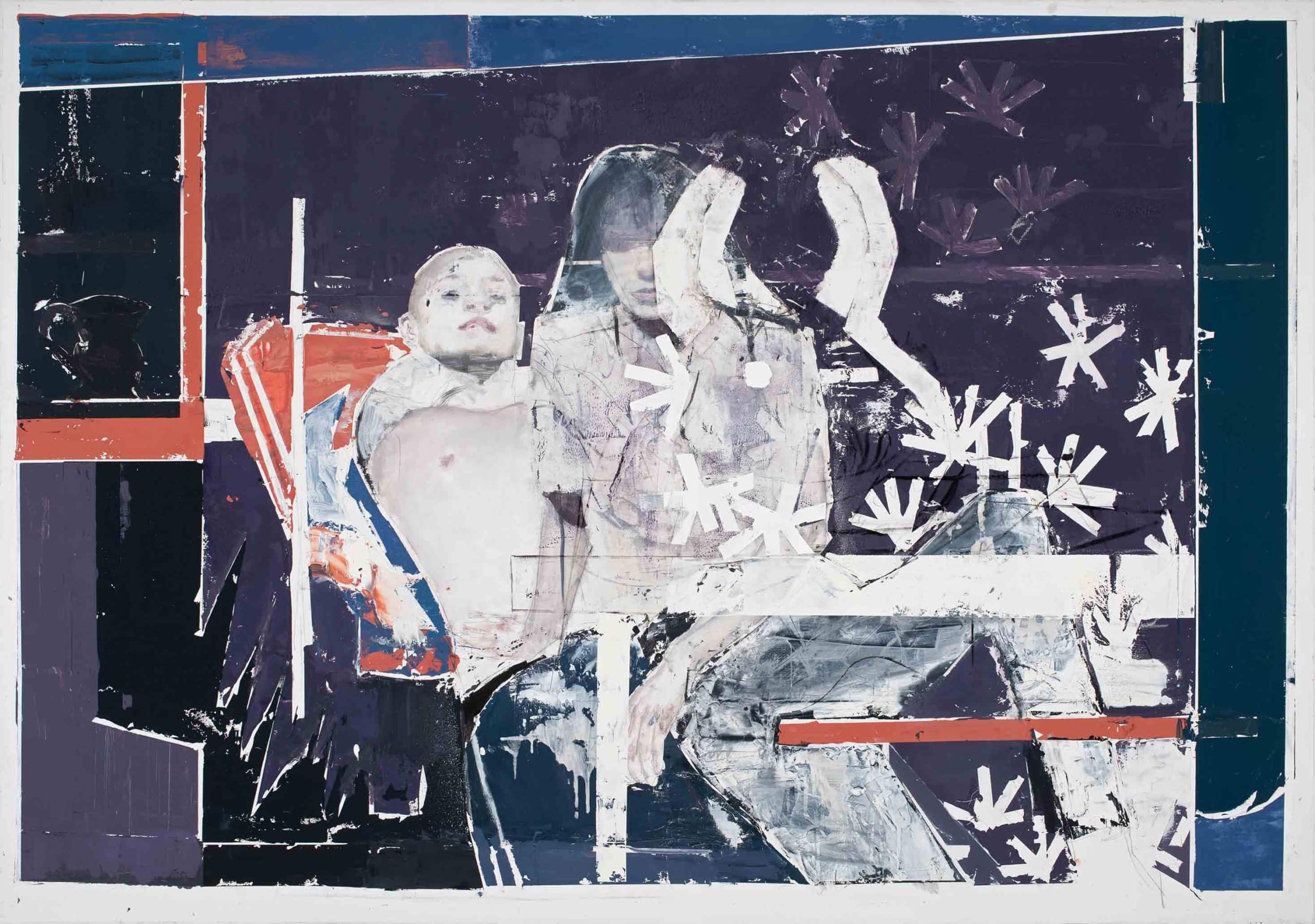
Notes:
[1] Galleria Doris Ghetta, Alexander Tinei at http://www.dorisghetta.com/alexander-tinei-eng consulted 21/10/2020. [2] Déak Erika Galéria, Alexander Tinei. at http://www.deakerikagaleria.hu/index.php/en/muveszek/item/85-alexander-tinei consulted 21/10/2020.
[3] Artsy, Alexander Tinei. at https://www.artsy.net/artist/alexander-tinei consulted 21/10/2020.
[4] Ibidem note 1. [5] Artfacts, Alexander Tinei at https://artfacts.net/artist/alexander-tinei/78633
Last Updated on August 18, 2023


